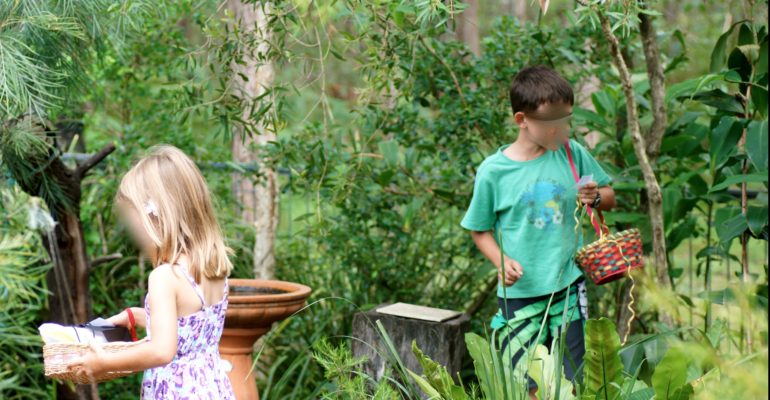
As Redlands edges towards its City Plan 2015, will our Council answer this question. If we don’t save the traditional backyard, where will the children play?
Within the past ten years private open space has just about disappeared, as the traditional backyard has been eroded from new suburban houses. Research shows the house coverage of the average block has gone from 30-40% up to 50-60 % perhaps more. So residential land, given setbacks, are largely occupied by the house.
This trend seems to be uniform across major Australian cities except Adelaide. But what is not widely known is that this is not the case in other countries where backyards are still standard. Unlike Canada, the USA, New Zealand and Northwest Europe, Australia stands more or less alone in the “eradication” of the backyard.
Our Australian outer suburbs, traditionally, had large gardens and large trees. Redlands, as an outer area of greater Brisbane, still retains many of its “treed yards” though this characteristic is in danger. Across our city many new (and infilled) suburbs have no backyards for play and children must play on the road verge or seek the nearest park. A house with a backyard is a boon for the birthday party or the cricket game.
A backyard is a great form of social infrastructure! In fact a recent State Government initiative, with the Queensland Outdoor Recreation Federation, is Nature Play…a program designed to entice more kids to play outdoors. Backyards improve health and amenity. They deliver ecological benefits too.
Griffith University research raises important questions about lifestyle changes, for the worse, as a result of the disappearing back yard. In their findings, “Where have all the gardens gone? – An investigation into the disappearance of back yards in the newer Australian suburb” (Urban Research Paper 13, August 2007 , Tony Hall noted the main push to erase the backyard was not a result of the trend to smaller blocks of land. Rather, the culprit seems to be, building alignment and building setbacks, especially from streets. These are matters that councils and the State Government can control.
With City Plan 2015, Redland City Council has the opportunity … to dare to be different …to buck the trend … and protect the backyard.
Backyards are valuable for more reasons than just real estate. The vision outcomes included in the Redlands 2030 Community Plan shows us the future that Redland residents wanted to create.
The author was privileged to be a community member of the deliberations panel for the Community Plan and believes that this coming City Plan 2015 must be about putting the Redlands’ community values and visions into practice.
Tony Hall demonstrates that re-introducing the backyard is not about larger blocks but it is about innovation and creativity in the design of residential estates.
I am indebted to Wildlife Preservation Society for the memory jog about backyards in their August 2014 newsletter.
Genevieve Gall
Birkdale
17 August 2014
Please note: Offensive or off-topic comments will be deleted. If offended by any published comment please email thereporter@redlands2030.net

Genevieve good points, a bad example is the Rhodes development on the corner of Moreton Bay Road and Mt Cotton Road, 6 storey 6 towers accommodating up to 600 people and their community space is 986sqm, that includes a pool. Where will the children play. The planning scheme for this site recommends 2615sqm. Shameful